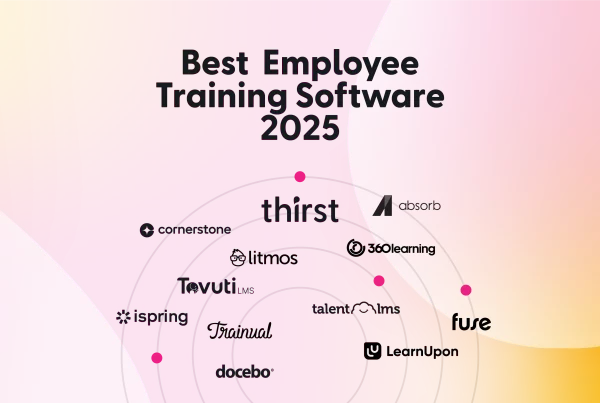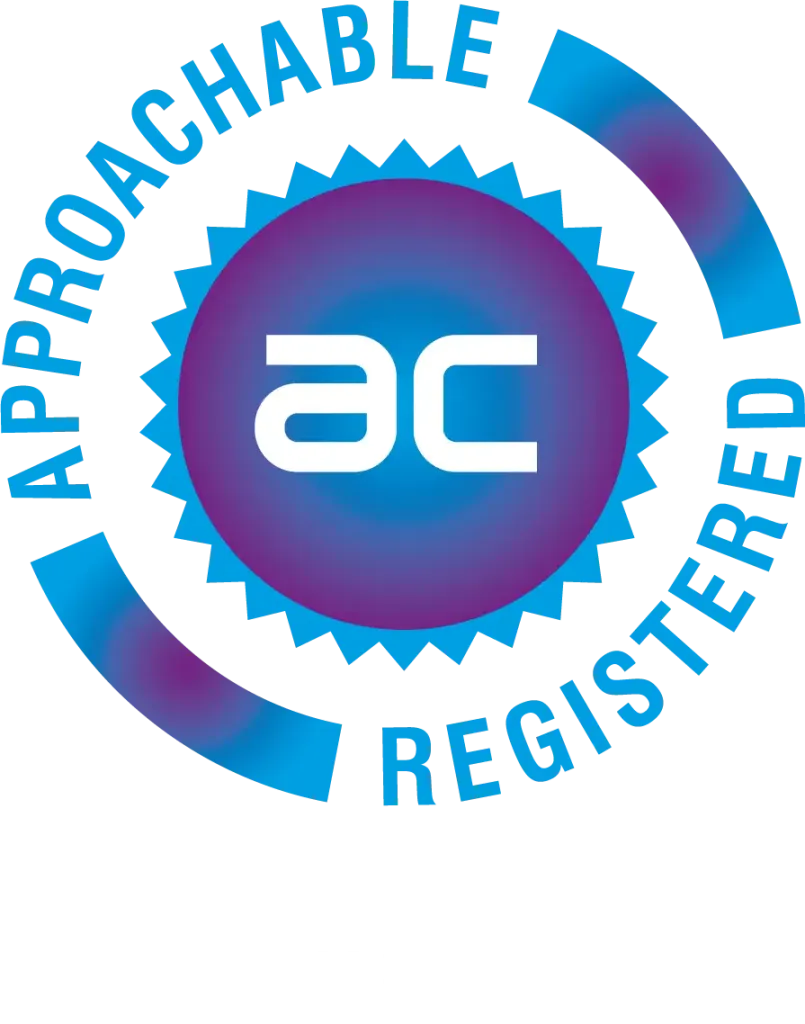We’re seeing more and more companies introducing learning platforms to deliver not only mandatory training but additional courses and materials which, as we know, can have a hugely positive effect on employees and a big impact on overall productivity. Staff are happiest when they’re growing and learning, and happy staff produce better results for your business, so a learning platform seems like a no-brainer.
Correct, but there’s a caveat.
A learning platform has to offer a good user experience from the word go. If your staff find it difficult or frustrating to use, even once, they are unlikely to want to use it ever again.
So, what are some of the biggest mistakes learning platforms make, and what are the impacts it can have on your company?
1. Tons of learning platforms are hard to set up
There are many learning platforms which are difficult or complicated to set up and require a fair amount of tech knowledge to successfully get off the ground. Finding someone within your organisation who has the level of expertise required and enough time on their hands to do the job may be tricky, so a platform with an easy set-up is key to launching your L&D provision efficiently and effectively.
2. Lots require ongoing management
Too many learning platforms require ongoing management and maintenance including manual updates (meaning downtime for users.) Again, finding a designated person to continually manage the platform is quite a reach for most companies, but without the necessary upkeep, the platform will quickly become out of date and unusable. Finding a low/no maintenance platform is key to the ongoing success of your workplace training programme.
3. Bad UI is hard to get past
A bad user experience can be the difference between launching a successful learning and development programme and a total L&D disaster. If your staff find the UI clunky, frustrating, or difficult to use, they won’t hang around to get the most out of what your business is offering. What’s more, it could potentially turn them off wanting to engage in any future L&D as they’ll see it as more of a chore than an opportunity for growth.
4. Not intuitive = not beneficial
A modern-day learning platform needs to be able to quickly learn about its users’ likes, dislikes, interests, and their favourite ways to consume information to then be able to tailor the learning experience of each individual learner. Many learning platforms are not remotely intuitive enough, which can quickly disengage a user. Seeing a wall of irrelevant content can turn a potentially exciting learning opportunity into an overwhelming and arduous task.
5. Boring content delivery makes it impossible to retain information
Expecting your employees to learn and grow but only offering dull and tedious content is like asking them to get excited about running a mandatory 10K on a Monday morning –unnecessarily painful for all involved. For staff to successfully absorb information, they need to find it interesting. Whether that’s the content itself, or the way it’s delivered, something needs to pique their interest for them to retain what they’re consuming. Boring content delivery will not motivate your staff to want to learn. In fact, it will probably do the opposite.
6. Minimal reporting capabilities doesn’t help anyone
When offering L&D to your staff, it’s vital that you have a clear picture of what they’re learning, what they would like to learn, and what’s missing and needs to be offered in the future. You need to be able to identify skill gaps and to flag anyone that might need further support in certain areas. If you don’t have good insight into your L&D programme, there’s no way of knowing how beneficial it really is. Some level of reporting is typically offered with most learning platforms, but a surface level overview is not enough. Make sure you can get into the nuts and bolts of when, what, and how your team are learning.
7. Learning platforms can be costly
For some companies, a bespoke learning platform is simply not affordable. Small to medium businesses, start-ups, and scale-ups may not have the budget to implement an LMS or LXP despite being able to see the big benefits to the company. Long contracts and large monthly payments are commitments a lot of companies can’t afford, especially if they are unsure how their staff are going to respond to the learning platform they’ve chosen. Finding a learning solution with a payment plan that suits your company is possible, so make sure you do your due diligence and don’t get locked into something that doesn’t suit or serve your business.
With so many learning platforms available, it can seem almost impossible to know which will work best for your organisation, made even worse if vital information is gated behind lengthy sales calls and demos. Some platforms, however, are doing things differently by having all information available upfront, honestly and transparently, to enable you to make an informed choice. Some even offer a no-obligation free trial which is a great way to test the waters with your staff.
The big question…
There’s no doubt that offering your staff the chance to learn at work is going to make them feel valued, motivated, and more productive. The question now is, which learning platform are you going to choose?







